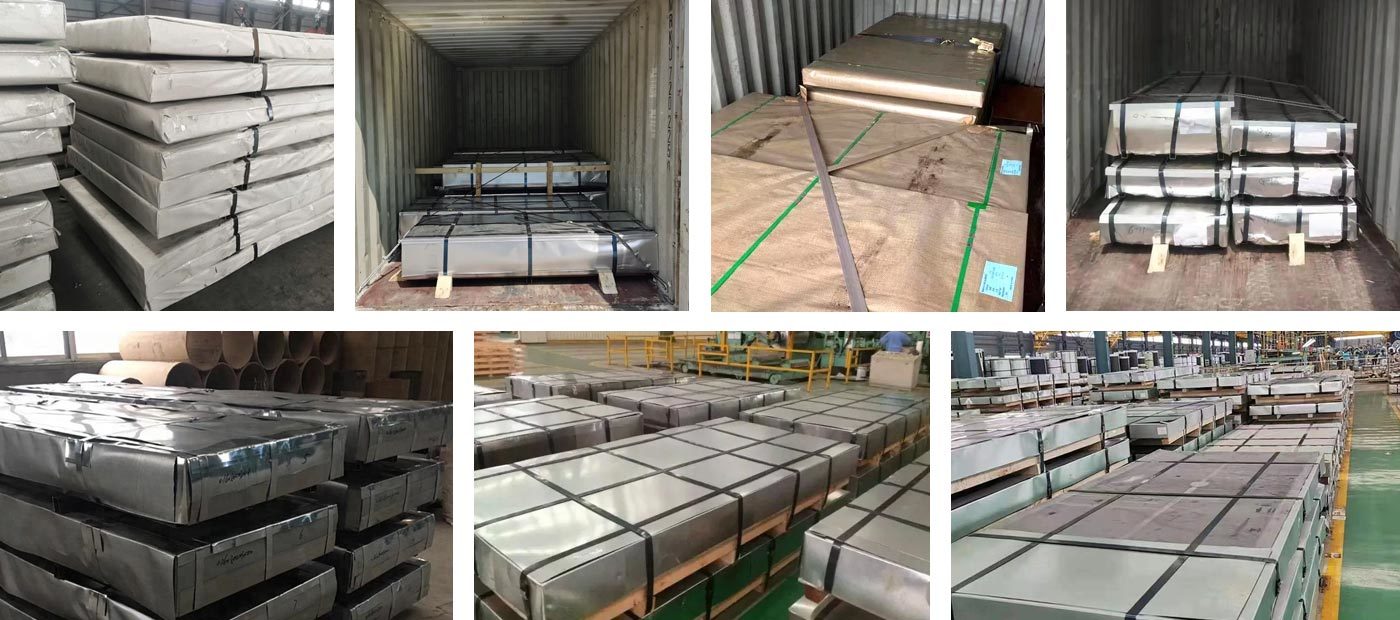Rebar is a commonly used material for construction and civil engineering. Through processing and strengthening, it has excellent mechanical properties and can withstand greater pressure and bending force.
Definition: Rebar is a metal material that is usually used in construction and civil engineering to increase the strength and stability of the structure.
Material: Rebar can be divided into different materials such as low carbon steel, medium carbon steel, high carbon steel, etc., and different materials have different mechanical properties and application ranges.
Shape: Rebar can be divided into different shapes such as round steel, threaded steel, square steel, etc., and each shape is suitable for different construction occasions and needs.
Function:
Connection function: Rebar is connected to other steel bars or concrete by welding, bundling, etc. to form a complete building structure system.
Reinforcement function: The addition of steel bars can improve the compressive and tensile strength of concrete and enhance the bearing capacity of the building.
Ensure building quality: Through reasonable design and selection of appropriate steel bars, the earthquake resistance, wind resistance and other properties of the building can be improved.
Improve building performance: The correct use of steel bars can reduce unnecessary waste and rework, thereby reducing construction costs.
Special structures: Large span bridges, factory buildings, etc. require larger spans, and reinforced concrete structures can meet this demand. Special building structures such as large public facilities and nuclear power plants also require a large amount of steel bars to ensure safety.
Processing technology:
Cutting: Process the steel bars into various shapes, such as stirrups, tension bars, etc.
Bending: Straighten the steel bars by stretching, straightening, etc. to make their straightness meet the requirements.
Arc welding: Use the arc as a heat source to weld two steel bars together.
Gas pressure welding: Use gas pressure to weld two steel bars together.
Sleeve extrusion connection: Connect two steel bars together by squeezing the sleeve.
Taper thread connection: Connect two steel bars together using a tapered thread.
Acceptance criteria:
Appearance inspection: The surface of the steel bar should be smooth, free of rust, cracks, and obvious damage.
Marking inspection: There should be clear markings on the steel bar, including specifications, manufacturers, production date, etc.
Quality inspection: The quality of steel bars is inspected through tensile tests, bending tests, weight deviation tests, chemical composition analysis and other methods.
Our products are exported to more than 60 countries and regions including Europe, the Middle East, Southeast Asia, Australia, Latin America, South Africa, etc. We have won the recognition of customers with good reputation and good service. Since its establishment, the company has always adhered to the business philosophy of "making friends while doing business", insisting on being ourselves first and doing good deeds, taking customer satisfaction as the goal, reputation first, and being committed to providing customers with first-class products and meticulous and efficient services.

Company integrating production and trade, with 14 years of experience in high-quality steel production, providing one-stop service for global customers.
The products are widely used in the construction and infrastructure fields, such as bridges, large buildings, highways, tunnels, airports, docks, etc. Steel is an ideal choice for these structures, capable of withstanding heavy weights and strong winds.